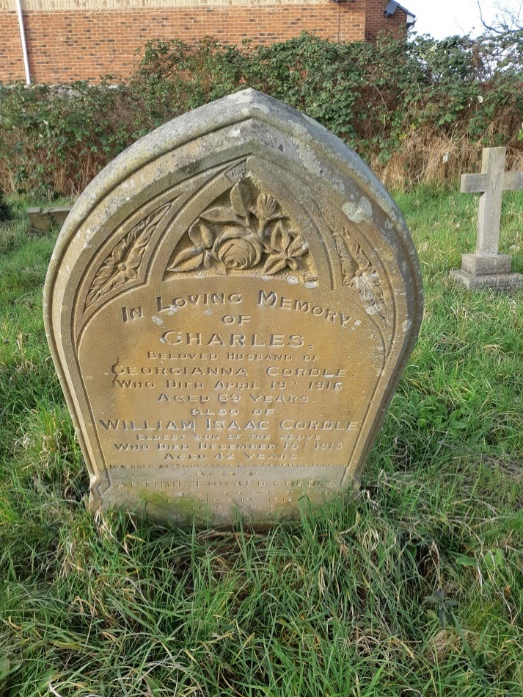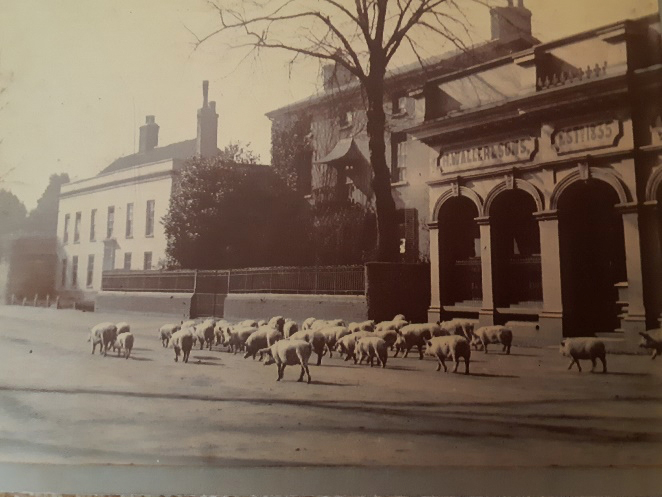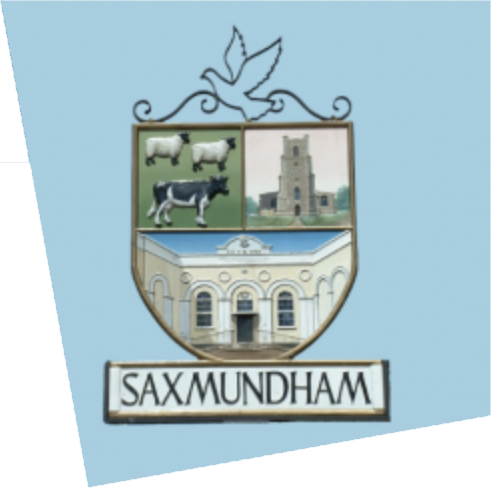
High Street, stop 14.
Private 235761, Arthur Edward Cordle, 2nd York and Lancaster Regiment (formerly 6th Battalion – The Cyclists, Suffolk Regiment), circa 1886 -18 September 1918
Prior to enlistment Arthur Edward Cordle worked alongside his father for Wine and Spirit Merchants, H Waller and Sons in South Entrance. Arthur enlisted in Ipswich on 29 November 1915. His first posting was very much a home posting. He joined the 1/6th Battalion of the Suffolk Regiment, a Cyclist Battalion. Arthur contracted influenza resulting in hospitalisation in Saxmundham for six days in April 1916 and remained in his home location with the Battalion until July 1917. As such he may have seen the Zeppelin that crashed in flames at Theberton on 17 June 1917. Arthur’s Service Record states that he transferred to the British Expeditionary Force on 27 July 1917 and thence was assigned to the York and Lancaster Regiment.
Arthur Edward Cordle, one of nine surviving children in 1911 of Charles and Georgianna was born in Saxmundham circa 1886/1887. Living in Sunnyside on the High Street, Arthur worked alongside his father for the Wine and Spirit Merchants, H. Waller and Sons in South Entrance. Sixteen months after war commenced, Arthur was medically examined in Saxmundham as fit for the Territorial Force and enlisted in Ipswich on 29 November 1915. His first posting was very much a home posting. He joined the 1/6th Battalion of the Suffolk Regiment, a Cyclist Battalion.
The Battalion never went overseas but furnished physically fit men for the western front. At times the 1/6ths composed of Suffolk men, were based in Saxmundham and engaged on coastal defence duties. Arthur contracted influenza resulting in hospitalisation in Saxmundham for six days in April 1916 and remained in his home location with the Battalion until July 1917. As such he may have seen the Zeppelin that crashed in flames at Theberton on 17 June 1917. Arthur’s Service Record states that he transferred to the British Expeditionary Force on 27 July 1917 and thence was assigned to 1/4 Battalion of the York and Lancaster Regiment. Sometime after this Arthur was transferred to the 2nd Battalion that fought throughout the war on the Western Front. Michael Woods considered that Arthur was killed on 18 July 1918 in what became known as the ‘100 Day Offensive when the allied forces made a major, and ultimately decisive, attack on the German’s Hindeberg Line’. He has no known grave and is commemorated on the Vis-en-Artois Memorial, Pas-de-Calais, France. In Saxmundham, he is remembered on the Church, Chapel, and Fromus Square memorials. Additionally, his life is commemorated on his father’s and brother’s headstone in the Chapel graveyard.

H Waller and Sons, courtesy of Saxmundham Museum
Arthur’s brother, William Isaac died in December 1915 and his father perished in April 1916. With his only his sister Ethel living at home, his mother moved to a smaller house in the early 1920s; 29 Fairfield Road. Most of Arthur’s other siblings moved away from Saxmundham; sole surviving brother, Morton lived in Yoxford, sisters, Sarah and Lillian married and respectively moved to Felixstowe and Ipswich. Unmarried sisters, Alice lived in Ipswich and Annie in Dulwich, London. Emily, now Mrs Osborne lived in Pretoria, South Africa.


